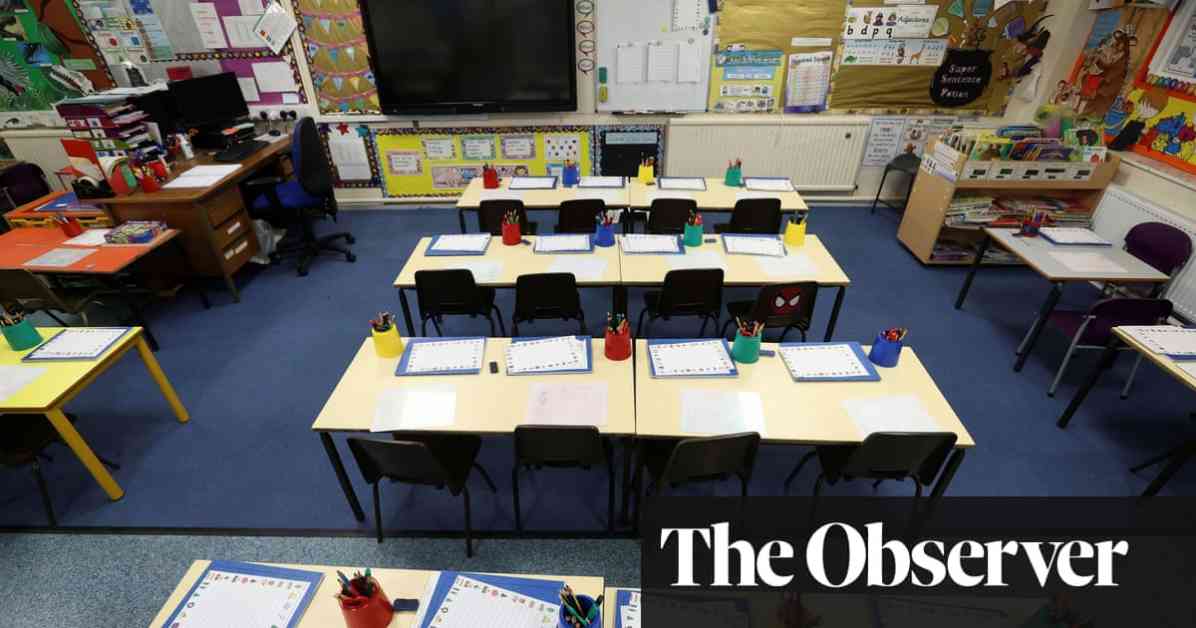Jo Riley, the former headteacher of Randal Cremer primary school in Hackney, recently had to face the closure of her school due to declining student numbers. The emotional toll of not being present at the start of the new school year was significant for her. This situation is not unique to Randal Cremer, as several schools across the country are facing closures due to demographic changes and various other factors.
Randal Cremer’s closure left many parents wondering about the fate of the empty school building. Similarly, the Archbishop Tenison’s school in London, which closed last year, is now under the ownership of the Duchy of Cornwall. The uncertain future of these empty school buildings raises questions about how they can be repurposed to benefit the community.
Research suggests that more than 90 primary schools in England are at risk of closure due to factors like falling birth rates and families relocating due to rising housing costs. In areas like Lambeth, where significant reductions in school places have been observed, the challenge lies in finding alternative uses for empty school buildings.
In County Durham, the closure of Rookhope primary school due to only having five pupils highlights the changing demographics of the area. The hope is that new economic opportunities, such as the discovery of lithium, could attract young people back to the region and potentially make use of the empty school buildings.
Initiatives like the St Martin’s Village in south London, which aims to provide care and education for young people who are not in traditional schooling, demonstrate creative ways to repurpose empty school buildings. By partnering with organizations like the Palace For Life Foundation and Symphony, these projects offer a holistic approach to supporting youth in need.
Steve Chalke, the head of Oasis Trust, emphasizes the importance of finding sustainable solutions for empty school buildings. Instead of leaving them vacant or selling them off, he suggests partnering with local charities to turn them into community hubs for youth activities. This approach not only revitalizes the buildings but also addresses the needs of young people in the area.
In a time where resources for youth development are limited, repurposing empty school buildings could provide much-needed spaces for educational and recreational activities. By embracing innovative solutions and collaboration with local organizations, these buildings can continue to serve their communities even after the closure of the schools they once housed.


